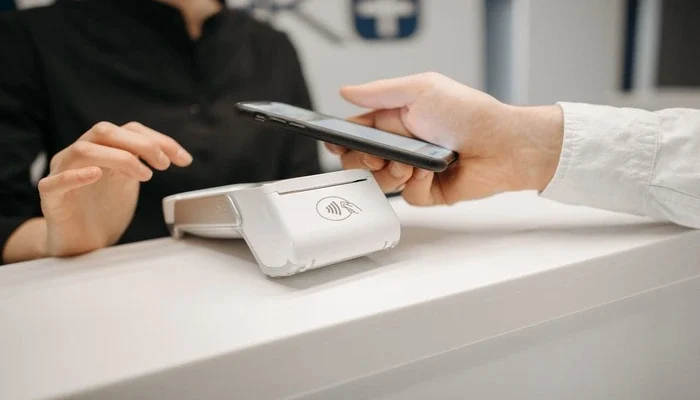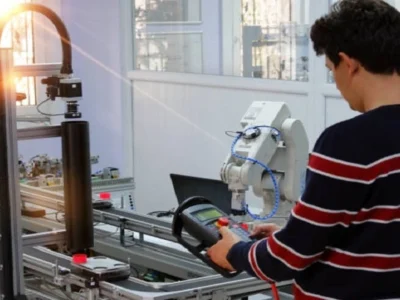The global shift towards a contactless economy has redefined many aspects of daily life, and one area where this transformation is particularly evident is in the realm of digital ordering systems. These platforms, once seen as a convenience, have now become essential in our increasingly touch-free world. As businesses and consumers alike adapt to the new normal, digital ordering systems are reshaping how we interact with services, offering a blend of efficiency, safety, and accessibility that is hard to ignore.
The Rise of Digital Ordering Systems
Before the pandemic, digital ordering systems were already gaining popularity, especially in the food and retail sectors. Different delivery platforms provided customers with the ability to order food, groceries, and other goods from the comfort of their homes. However, the onset of COVID-19 accelerated the adoption of these systems at an unprecedented pace.
Restaurants, faced with the challenge of maintaining operations while adhering to strict health guidelines, turned to digital ordering as a lifeline. Many quickly developed or adopted online platforms to facilitate orders, payments, and even delivery without physical contact. This shift was not limited to large chains; small businesses and local eateries also jumped on board, using third-party services or developing their own apps to meet customer demand.
Convenience Meets Safety
The appeal of digital ordering systems lies in their ability to combine convenience with safety. For consumers, these platforms offer a way to access goods and services without the need for face-to-face interaction, reducing the risk of virus transmission. This has been particularly crucial during periods of lockdown or heightened health concerns.
Moreover, digital ordering systems have streamlined the purchasing process. With just a few taps on a smartphone, customers can browse menus or product catalogs, customize their orders, and make payments instantly. Many systems also save previous orders, allowing for quick reordering and reducing the time spent navigating menus.
For businesses, these systems have provided a way to continue operations in a challenging environment. Digital ordering has not only helped them adhere to social distancing guidelines but has also opened up new revenue streams through delivery and curbside pickup options. Additionally, the data collected through these platforms offers valuable insights into customer preferences and behavior, enabling businesses to tailor their offerings and improve customer service.
Beyond Food: The Expanding Scope of Digital Ordering
While digital ordering systems are most commonly associated with the food and beverage industry, their applications extend far beyond. Retailers have embraced these platforms to facilitate online shopping and curbside pickup, while service providers, such as salons and healthcare providers, use them to manage appointments and payments.
The technology is also making inroads into less expected areas. For instance, automotive services now offer digital check-in and payment systems, allowing customers to drop off their vehicles for service without entering the building. Even the entertainment industry has adapted, with theaters and concert venues implementing digital ticketing and concession ordering systems to minimize physical contact.
Challenges and Opportunities
Despite their advantages, digital ordering systems are not without challenges. The rapid shift to online platforms has highlighted issues such as digital divide, where some customers may lack access to the necessary technology or internet connection. Additionally, the reliance on third-party platforms can eat into profit margins, particularly for small businesses.
However, these challenges also present opportunities for innovation. Businesses are increasingly exploring ways to build their own digital ordering systems, reducing dependency on third-party providers. Moreover, as technology continues to evolve, there is potential for digital ordering systems to become even more integrated, with features like voice ordering, AI-driven recommendations, and seamless payment options enhancing the user experience.
The Future of Digital Ordering
As we look to the future, it is clear that digital ordering systems will continue to play a crucial role in our contactless world. The convenience, safety, and efficiency they offer align perfectly with the needs of modern consumers, and their adaptability ensures they will remain relevant in various industries.
Businesses that embrace this technology not only position themselves to thrive in the current environment but also set the stage for future growth. As digital ordering systems evolve, they will likely become even more embedded in our daily lives, further redefining what convenience means in a world where contactless interactions are the new norm.
In conclusion, digital ordering systems have transitioned from a convenient option to a critical component of business operations in a contactless world. Their ability to provide a safe, efficient, and user-friendly experience has solidified their place in our lives, and as technology continues to advance, their role will only expand, shaping the future of how we order and receive goods and services.
Vending Machine Business: The Ultimate Guide to Starting Your Own business










Comments